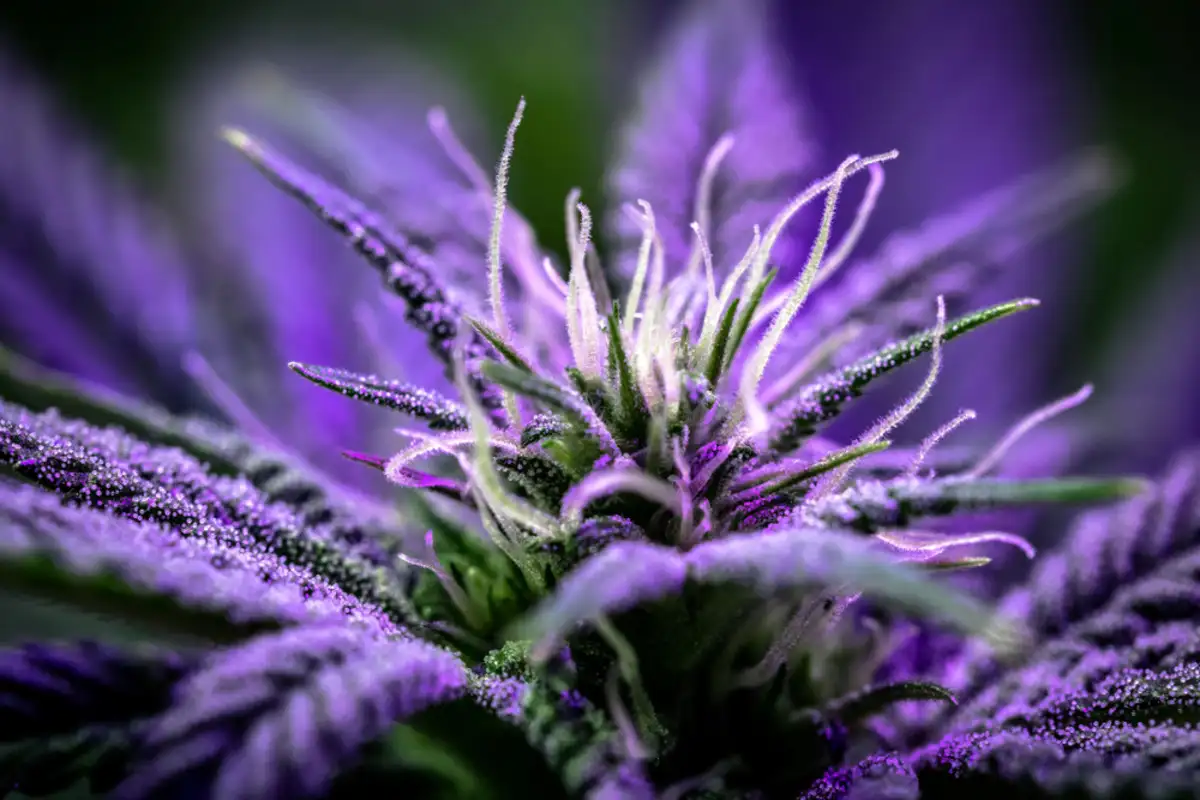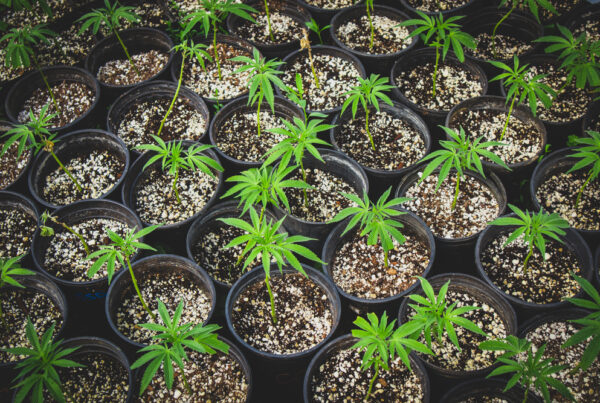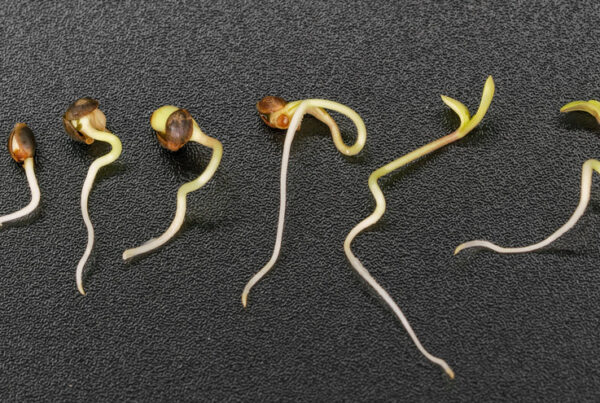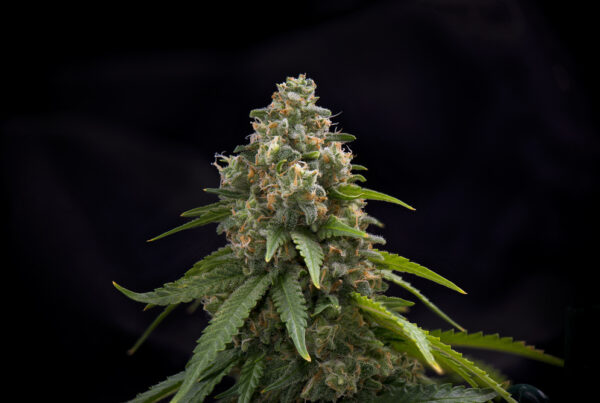Purple Kush is a popular strain of cannabis that has gained a reputation for its unique characteristics, potent effects, and beautiful appearance. Whether you’re a cannabis enthusiast or a curious beginner, understanding the intricacies of Purple Kush can enhance your appreciation for this distinct variety.
In this blog post, we will delve into the world of Purple Kush, exploring its characteristics, cultivation techniques, and the effects it produces. By the end of this article, you will have a comprehensive understanding of what makes Purple Kush so special and how to identify and purchase high-quality strains.
First and foremost, let’s unravel the characteristics that make Purple Kush stand out among other cannabis varieties. We will explore its appearance, aroma, and the genetic makeup that contributes to its unique traits. Understanding these characteristics will give you a deeper appreciation for the beauty and allure of Purple Kush.
Next, we will delve into the cultivation process of Purple Kush. Whether you’re considering growing this strain indoors or outdoors, we will provide you with valuable insights into the ideal growing conditions, step-by-step cultivation techniques, and tips for harvesting and curing your Purple Kush plants. By understanding the cultivation process, you can ensure the best possible outcome and yield.
Moving on, we will explore the effects and uses of Purple Kush. From its medical benefits to its recreational effects, Purple Kush offers a diverse range of experiences for users. We will discuss the potential therapeutic applications of this strain, as well as the recreational effects that make it a favorite among enthusiasts. It is important to note the possible side effects as well, ensuring a well-rounded understanding of Purple Kush.
Lastly, we will guide you on how to identify and purchase quality Purple Kush strains. We will provide tips on identifying superior strains, navigating the legalities of purchasing cannabis, and proper storage techniques to maintain the longevity of your Purple Kush.
Whether you’re a cannabis connoisseur, a medical user, or simply curious about the world of cannabis, this blog post will equip you with the knowledge you need to understand Purple Kush. So, grab a seat, get comfortable, and let’s dive into the captivating world of Purple Kush: its characteristics, cultivation, and effects.
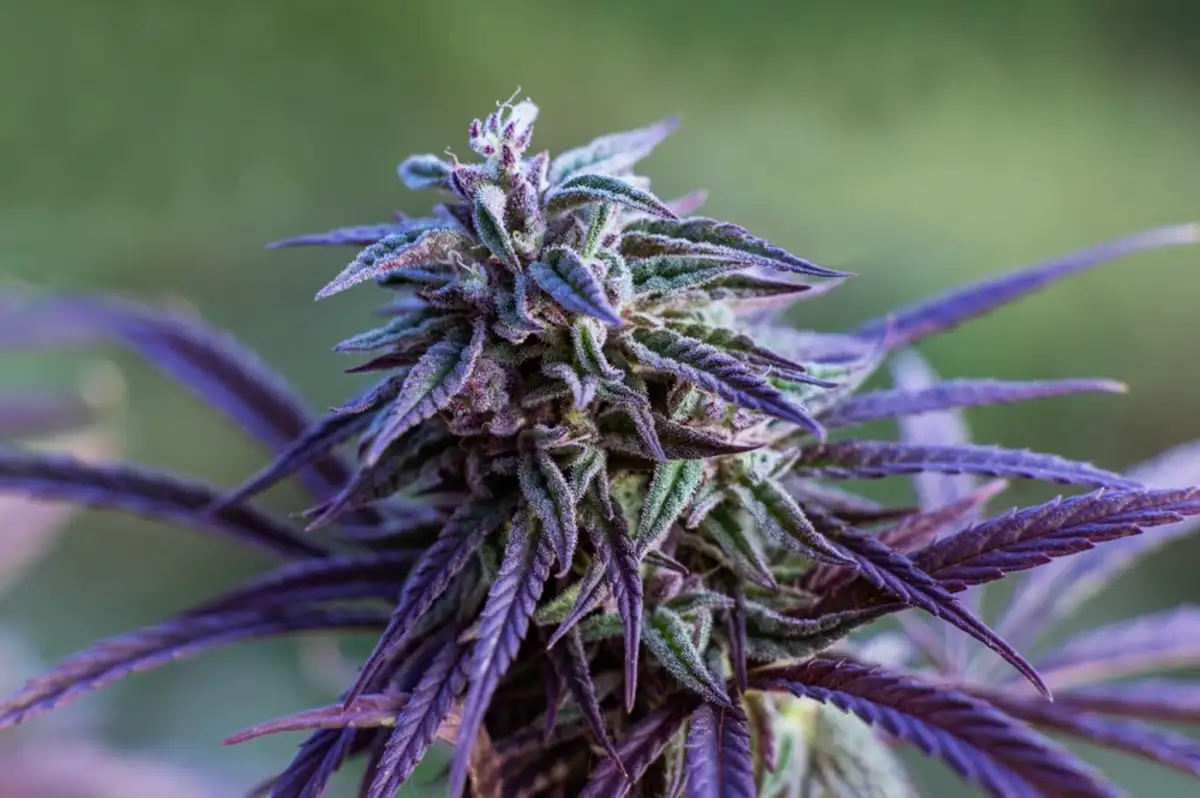
Introduction to Purple Kush: What is it?
Purple Kush is a popular strain of cannabis that has gained significant attention and acclaim within the cannabis community. Known for its vibrant purple hues, potent effects, and distinct aroma, Purple Kush has become a staple in the world of cannabis enthusiasts.
Purple Kush is an indica-dominant strain, meaning it is primarily composed of indica genetics. Indica strains are known for their relaxing and sedating effects, making Purple Kush a favorite among those seeking stress relief, relaxation, and deep sleep.
The origins of Purple Kush can be traced back to the West Coast of the United States, specifically in California. This strain is believed to have been bred from a combination of Hindu Kush and Purple Afghani strains, resulting in its unique characteristics and potency.
One of the most striking features of Purple Kush is its appearance. The buds of this strain are dense and tightly packed, often displaying a range of purple hues. The vibrant purples are a result of anthocyanin pigments, which are responsible for the purple, blue, and red colors observed in certain plants.
In addition to its visual appeal, Purple Kush has a distinct aroma that is often described as earthy, sweet, and spicy. It emits a pungent fragrance that can be quite potent, adding to its allure and recognition among cannabis enthusiasts.
Purple Kush is also known for its high THC (tetrahydrocannabinol) content. THC is the psychoactive compound found in cannabis that produces the euphoric and intoxicating effects commonly associated with the plant. Purple Kush typically has THC levels ranging from 17% to 27%, making it a potent strain that delivers a strong and long-lasting high.
While Purple Kush is primarily known for its recreational effects, it is also valued for its potential medicinal properties. Many users have reported that Purple Kush can provide relief from various ailments, including chronic pain, insomnia, stress, and anxiety. However, it is always important to consult with a medical professional before using cannabis for medicinal purposes.
In the next sections, we will explore the various characteristics of Purple Kush in more detail, including its appearance, strain genetics, and THC and CBD content. By understanding these aspects, you will gain a deeper appreciation for the intricacies of Purple Kush and its unique composition.
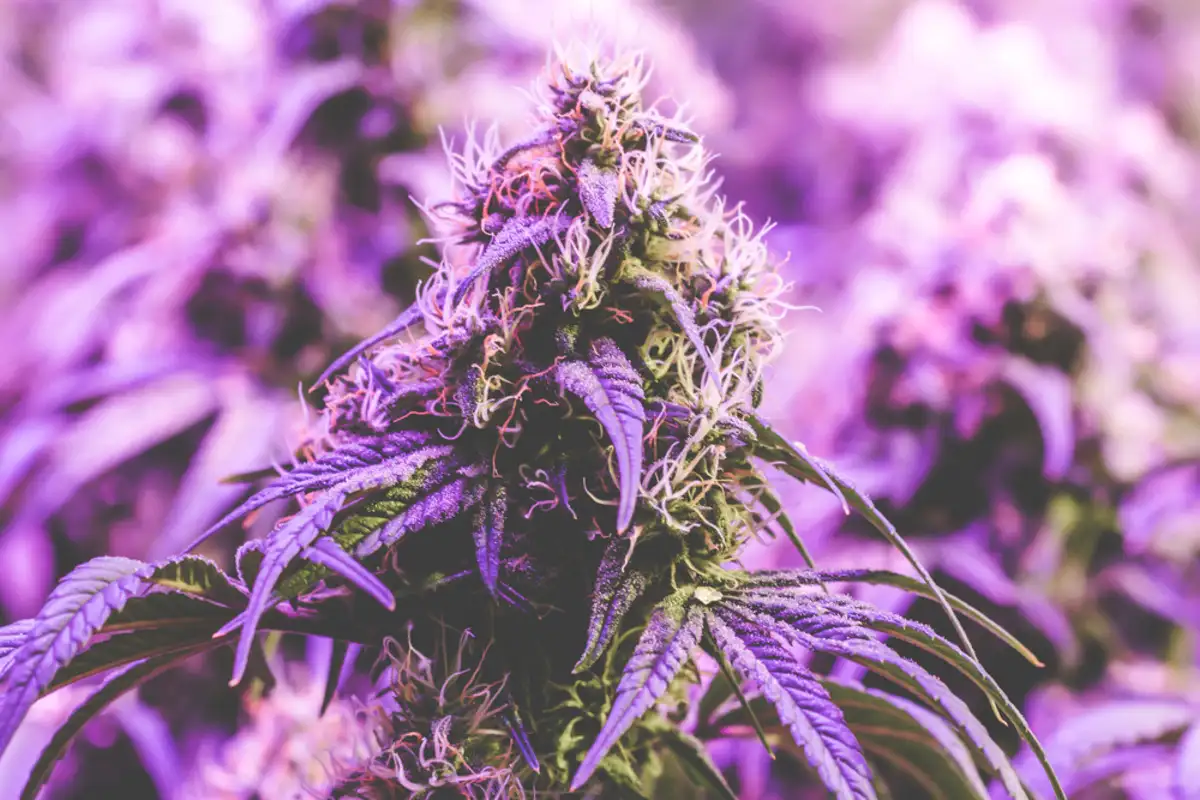
Characteristics of Purple Kush
Purple Kush possesses a range of characteristics that contribute to its distinct identity and desirability among cannabis enthusiasts. In this section, we will explore the various aspects that make Purple Kush truly unique.
Appearance and Aroma
One of the most visually captivating features of Purple Kush is its striking appearance. The buds of this strain are dense, compact, and often display vibrant shades of purple. These purple hues are a result of pigments called anthocyanins, which are activated by cooler temperatures during the flowering stage of the plant. In addition to the purple tones, Purple Kush buds may also exhibit hints of green, orange, and even pink.
The aroma of Purple Kush is equally captivating. It is characterized by a pungent, earthy scent with sweet and spicy undertones. The combination of its distinct aroma and visually appealing appearance makes Purple Kush easily recognizable among other cannabis strains.
Strain Genetics
Purple Kush is primarily an indica-dominant strain, with its genetic lineage tracing back to Hindu Kush and Purple Afghani strains. The Hindu Kush strain is known for its relaxing and sedating effects, while the Purple Afghani strain contributes to the vibrant purple hues observed in Purple Kush. The precise genetic makeup of Purple Kush may vary slightly depending on the specific breeder or seed bank, but the indica dominance remains consistent.
THC and CBD Content
Purple Kush is renowned for its high THC (tetrahydrocannabinol) content, which is responsible for its potent psychoactive effects. THC levels in Purple Kush typically range from 17% to 27%, making it a strong strain that can induce a deep and long-lasting high. It is important to note that the THC content can vary depending on factors such as growing conditions, harvesting techniques, and individual plant genetics.
While Purple Kush is known for its high THC levels, its CBD (cannabidiol) content is generally lower. CBD is a non-psychoactive compound that is believed to have various therapeutic benefits. However, Purple Kush tends to have a higher THC to CBD ratio, making it more suitable for those seeking recreational effects rather than medicinal properties.
Understanding the characteristics of Purple Kush, including its captivating appearance, distinct aroma, strain genetics, and THC and CBD content, provides a foundation for appreciating the uniqueness of this strain. In the next sections, we will explore the cultivation techniques to grow Purple Kush, ensuring optimal conditions for its development and potency.
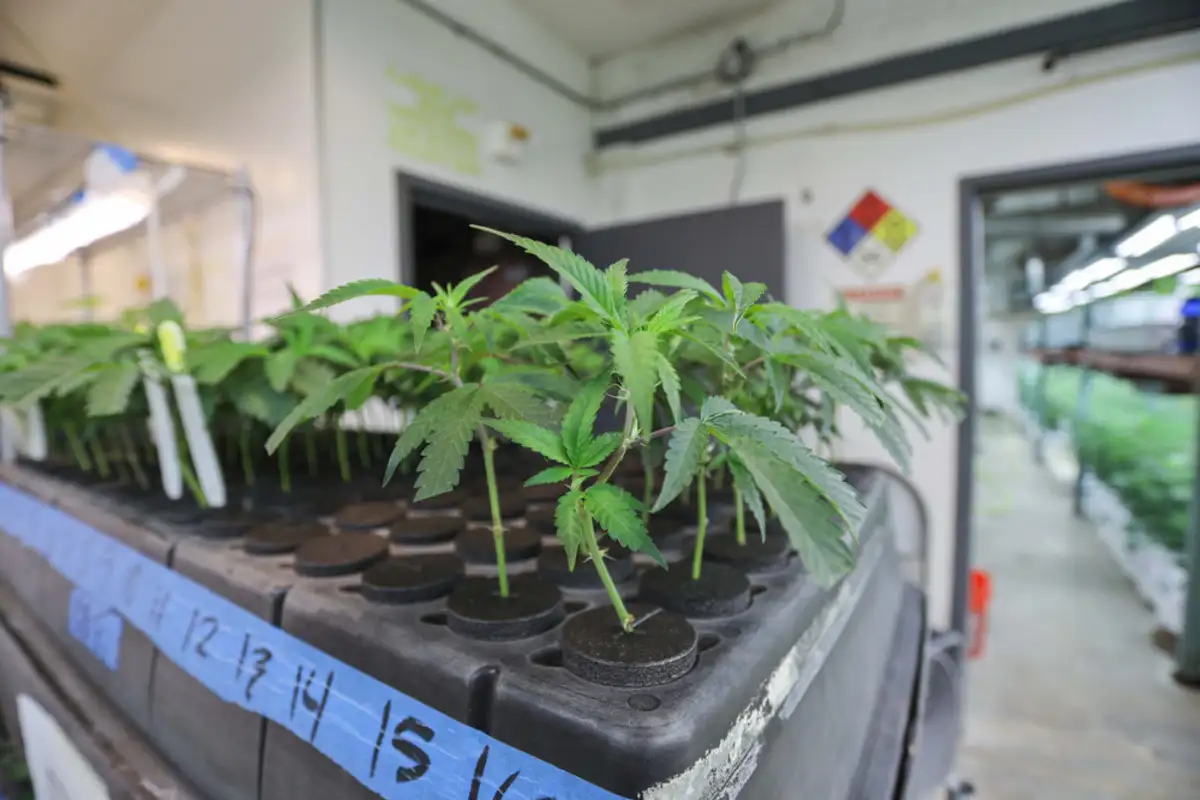
Cultivating Purple Kush
Cultivating Purple Kush can be a rewarding experience for both novice and experienced growers. In this section, we will explore the ideal growing conditions for Purple Kush, provide step-by-step instructions for indoor and outdoor cultivation, and discuss the crucial steps for harvesting and curing your Purple Kush plants.
Ideal Growing Conditions
To achieve the best results when cultivating Purple Kush, it is essential to provide the ideal growing conditions. Here are some factors to consider:
- Climate: Purple Kush thrives in a Mediterranean climate, with temperatures ranging between 70°F to 85°F (21°C to 29°C) during the day and slightly cooler temperatures at night.
- Light: Purple Kush requires ample light to flourish. Whether you choose to grow indoors or outdoors, ensure that your plants receive at least 8 to 10 hours of direct sunlight or artificial light per day.
- Soil: Use a well-draining soil mix that is rich in organic matter. Aim for a pH level between 6 and 7 for optimal nutrient absorption.
- Nutrients: Purple Kush responds well to balanced nutrient supplementation. Use a reputable cannabis-specific fertilizer to provide the necessary macro and micronutrients throughout the different growth stages.
Steps for Indoor and Outdoor Cultivation
Indoor Cultivation
- Germination: Start by germinating your Purple Kush seeds in a moist paper towel or using a germination kit. Once the seeds have sprouted, transfer them to small pots filled with a seedling mix.
- Vegetative Stage: After the seedlings have developed a few sets of leaves, transplant them into larger pots or your desired grow medium. Provide 18 to 24 hours of light per day during the vegetative stage to promote healthy growth.
- Flowering Stage: Adjust the light cycle to 12 hours of light and 12 hours of uninterrupted darkness to initiate the flowering stage. Purple Kush typically flowers for 8 to 9 weeks. Monitor humidity levels and provide proper ventilation to prevent mold and mildew growth.
- Harvesting: As the buds mature, monitor the trichome development using a jeweler’s loupe or a magnifying glass. Harvest when the trichomes are milky white with a few amber ones. Trim and dry the harvested buds in a dark, well-ventilated space.
Outdoor Cultivation
- Germination: Start by germinating your Purple Kush seeds indoors using the same methods mentioned above. Once the seedlings have developed, transplant them to a prepared outdoor grow site.
- Vegetative Stage: Choose a location that receives ample sunlight and has well-drained soil. Ensure the plants have enough space to grow and provide support if needed. Monitor for pests and use organic pest control methods when necessary.
- Flowering Stage: Purple Kush will naturally transition into the flowering stage as the days become shorter. Monitor the plants for any signs of stress or nutrient deficiencies and make adjustments as needed.
- Harvesting: Harvest your Purple Kush plants when the buds have reached their desired maturity, as indicated by the trichome coloration. Trim and dry the harvested buds in a dark, well-ventilated space.
Harvesting and Curing
Proper harvesting and curing techniques are crucial to preserving the quality and potency of your Purple Kush buds. Here are the essential steps:
- Harvesting: Use sharp, clean scissors to cut the main branches. Hang the branches upside down in a cool, dark room with good airflow to dry for about 7 to 10 days or until the branches snap instead of bending.
- Trimming: Once the buds are dry, trim away any excess leaves and stems, leaving only the desirable flower buds.
- Curing: Place the trimmed buds in glass jars and store them in a cool, dark place with a humidity level around 60% to 65%. Open the jars daily for the first week to release any excess moisture and then gradually reduce the frequency to once every few days. This curing process allows the buds to develop their full aroma, flavor, and smoothness.
By following these cultivation techniques and giving proper attention to the growing conditions, you can successfully cultivate your own high-quality Purple Kush. In the next section, we will explore the effects and uses of Purple Kush, shedding light on its potential medical benefits and recreational effects.

Effects and Uses of Purple Kush
Purple Kush offers a range of effects and uses that make it a sought-after strain among both medical and recreational cannabis users. In this section, we will explore the potential medical benefits, recreational effects, and possible side effects of Purple Kush.
Medical Benefits
- Pain Relief: Purple Kush is known for its potent analgesic properties, making it effective in managing chronic pain conditions such as arthritis, fibromyalgia, and migraines.
- Stress and Anxiety Relief: The indica-dominant nature of Purple Kush induces a deeply relaxing and calming effect, which can help alleviate symptoms of stress, anxiety, and depression.
- Sleep Aid: Purple Kush’s sedating properties make it an excellent choice for individuals dealing with insomnia or other sleep disorders. Its relaxing effects can help promote a restful night’s sleep.
- Appetite Stimulation: Purple Kush’s ability to stimulate appetite can be beneficial for individuals experiencing a loss of appetite due to medical conditions or treatments such as chemotherapy.
- Muscle Relaxation: Purple Kush’s relaxing effects extend to the muscles, making it potentially useful for relieving muscle spasms, tension, and inflammation.
Recreational Effects
Purple Kush delivers a range of recreational effects that are highly sought after by cannabis enthusiasts. These effects include:
- Deep Relaxation: Purple Kush induces a profound sense of relaxation, both physically and mentally. It can help melt away stress, tension, and promote a sense of tranquility.
- Euphoria: Purple Kush is known to produce a euphoric and uplifting high, enhancing mood and promoting a sense of well-being.
- Sedation: Due to its potent indica genetics, Purple Kush can have a sedating effect, making it a popular choice for evening or nighttime use when relaxation and sleep are desired.
- Creativity and Focus: Some users have reported that Purple Kush can enhance creativity and focus, allowing for deep introspection or engaging in artistic endeavors.
Possible Side Effects
While Purple Kush offers a range of benefits, it is important to be aware of the possible side effects associated with its use. These side effects may include:
- Dry Mouth and Dry Eyes: Like many cannabis strains, Purple Kush can cause dryness of the mouth and eyes. Staying hydrated and using eye drops can help alleviate these symptoms.
- Increased Heart Rate: Purple Kush may cause an increase in heart rate, especially in individuals who are sensitive to the effects of THC. It is advisable to start with a low dosage and gradually increase if needed.
- Sedation and Couch-lock: The relaxing and sedating effects of Purple Kush can sometimes be overpowering, leading to a feeling of extreme relaxation and a lack of motivation or energy.
- Paranoia and Anxiety: In some individuals, high doses of Purple Kush or sensitivity to THC may lead to feelings of paranoia or anxiety. It is important to consume responsibly and be mindful of individual tolerance levels.
As with any cannabis strain, individual experiences may vary, and it is recommended to start with a low dosage and gradually increase to find the desired effects and minimize potential side effects.
Understanding the potential medical benefits, recreational effects, and possible side effects of Purple Kush will help you make informed decisions when using this strain. In the next section, we will guide you on how to identify and purchase quality Purple Kush strains, ensuring an enjoyable and safe cannabis experience.
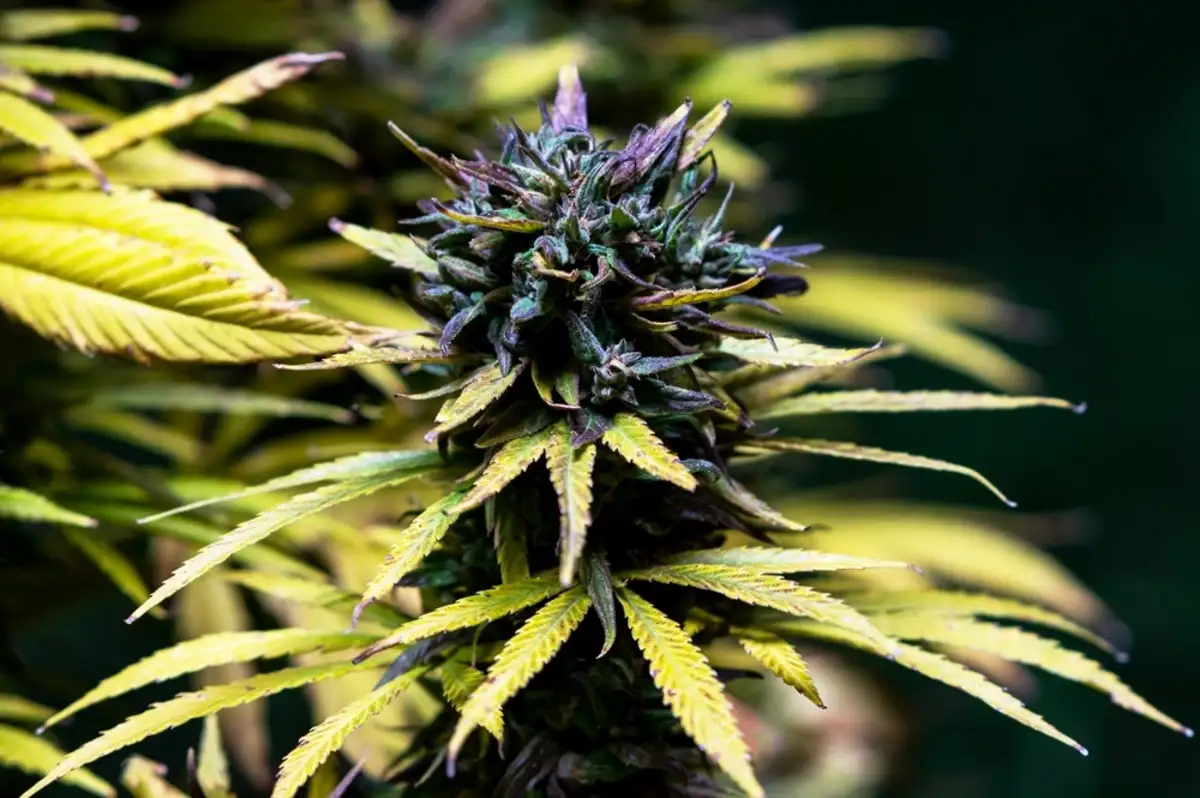
How to Identify and Purchase Quality Purple Kush
Identifying and purchasing quality Purple Kush strains is essential to ensure a satisfying and safe cannabis experience. In this section, we will provide you with valuable tips on how to distinguish high-quality Purple Kush, navigate the legalities of purchasing cannabis, and properly store your Purple Kush for longevity.
Identifying Quality Strains
- Appearance: Look for dense and well-formed buds with vibrant purple hues. The buds should be sticky to the touch and covered in a layer of trichomes, which are the resinous glands responsible for the plant’s potency.
- Aroma: Quality Purple Kush should possess a distinct and pungent aroma. It should have a strong, earthy scent with sweet and spicy undertones. Avoid strains that have a weak or unpleasant odor.
- Trichome Development: Examine the trichomes on the buds using a magnifying glass or a jeweler’s loupe. Quality Purple Kush should have trichomes that appear milky white or amber in color, indicating the optimal time for harvesting.
- Reputation and Source: Purchase Purple Kush from reputable and licensed dispensaries or seed banks. Research the reputation of the seller and read reviews to ensure you are getting a genuine and high-quality strain.
Legalities and Safe Purchasing
- Check Local Laws: Before purchasing Purple Kush, familiarize yourself with the cannabis laws in your region. Ensure that you are legally allowed to purchase and possess cannabis products.
- Licensed Dispensaries: Purchase Purple Kush from licensed dispensaries or authorized online retailers. These establishments adhere to strict quality standards and provide products that have been tested for potency and contaminants.
- Lab Testing: Look for Purple Kush strains that have undergone third-party laboratory testing. This ensures that the product is free from harmful substances, such as pesticides, heavy metals, and microbial contaminants.
- Packaging and Labeling: Quality Purple Kush products will have proper packaging and labeling that includes information about the strain, THC and CBD content, batch number, and expiration date. This information ensures transparency and allows you to make informed decisions.
Proper Storage for Longevity
To maintain the quality and potency of your Purple Kush, it is crucial to store it properly. Here are some tips for storing your Purple Kush:
- Temperature and Humidity: Store Purple Kush in a cool, dark place away from direct sunlight and extreme temperature fluctuations. Aim for a temperature of around 68°F to 72°F (20°C to 22°C) and a relative humidity level of 55% to 62%.
- Airtight Containers: Use airtight glass jars or containers to store your Purple Kush. This helps to preserve the aroma, flavor, and potency by minimizing exposure to air and moisture.
- Avoid Excessive Handling: Limit the amount of time you spend handling the buds to prevent the loss of trichomes, which contain the majority of the plant’s cannabinoids.
- Proper Labeling: Label your Purple Kush containers with the strain name, date of purchase, and any other relevant information. This ensures you can easily identify and track your cannabis products.
By following these guidelines, you can confidently identify and purchase quality Purple Kush strains while adhering to legal requirements. Additionally, proper storage techniques will help preserve the integrity and potency of your Purple Kush for an extended period.
Congratulations! You have now gained a comprehensive understanding of Purple Kush, including its characteristics, cultivation techniques, effects, and purchasing considerations. Armed with this knowledge, you can fully appreciate and enjoy the unique qualities of Purple Kush.



